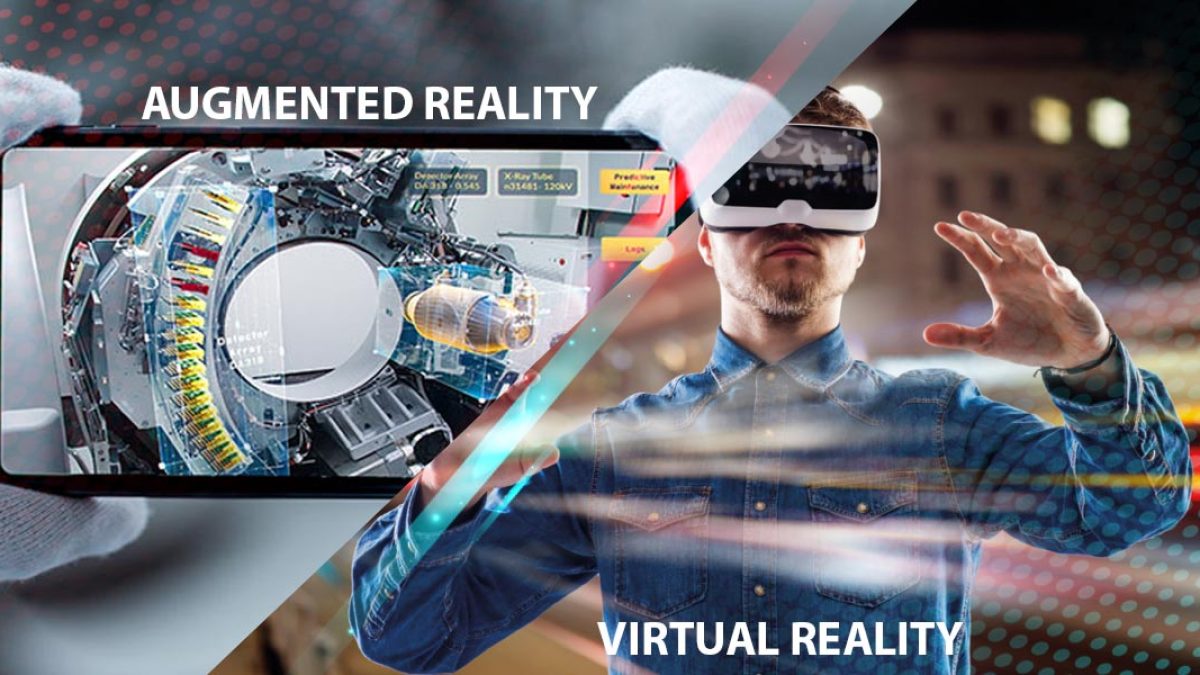Introduction
Augmented Reality (AR) and Virtual Reality (VR) are two emerging technologies that have gained significant attention in recent years. While both AR and VR offer immersive experiences, they differ in their approach and application. Understanding the differences between these two technologies is crucial for businesses and individuals looking to leverage their potential. In this blog post, we will explore the distinctions between AR and VR, their unique features, and their respective use cases.
1. Definition
AR refers to the integration of digital information with the user’s real-world environment in real-time. It overlays computer-generated content onto the physical world, enhancing the user’s perception and interaction with their surroundings. On the other hand, VR creates a completely simulated environment that immerses the user in a virtual world, isolating them from the real world.
2. User Experience
AR enhances the user’s perception of reality by adding virtual elements to their real-world environment. Users can still see and interact with their surroundings while experiencing additional digital content. In contrast, VR provides a fully immersive experience where users are transported to a virtual environment, blocking out the real world entirely.
3. Hardware Requirements
AR technology can be experienced through various devices, including smartphones, tablets, and smart glasses. These devices use cameras and sensors to track the user’s position and overlay digital content accordingly. VR, on the other hand, typically requires more advanced hardware, such as headsets or goggles, to create a fully immersive experience.
4. Applications
AR has found applications in various industries, including gaming, education, healthcare, and retail. It allows users to visualize products in their real environment, provides interactive educational experiences, and enhances medical procedures. VR, on the other hand, is widely used in gaming and entertainment, offering users a complete escape from reality. It also has applications in training simulations, architecture, and virtual tours.
5. Interaction
In AR, users can interact with both the real and virtual elements simultaneously. They can manipulate virtual objects, access information, and perform actions within their real-world environment. In VR, users interact solely with the virtual environment, using controllers or gestures to navigate and manipulate objects within the simulated world.
Summary
Augmented Reality (AR) enhances the real world by overlaying digital information, such as images, videos, or 3D models, onto the user’s view of the physical environment. AR technology typically relies on devices like smartphones, tablets, or smart glasses to deliver the augmented experience. It seamlessly blends the virtual and real worlds, allowing users to interact with both simultaneously.
On the other hand, Virtual Reality (VR) creates a completely immersive digital environment that replaces the real world. VR technology typically involves wearing a headset that covers the user’s eyes and ears, blocking out the physical surroundings. By simulating a virtual world, VR provides users with a sense of presence and allows them to interact with the digital environment through specialized controllers or gestures.
While AR enhances the real world, VR transports users to a virtual realm. AR is often used to provide additional information or context in various fields, such as education, healthcare, and gaming. It can be utilized for tasks like navigation, training simulations, or visualizing data. VR, on the other hand, is commonly employed in gaming, entertainment, and virtual tours, offering users a fully immersive and interactive experience.
In conclusion, AR and VR are distinct technologies with different purposes and applications. AR enhances the real world by overlaying digital content, while VR creates a fully immersive virtual environment. Both technologies have immense potential and can revolutionize various industries. By under Visit This Link standing their differences, businesses and individuals can make informed decisions about which technology best suits their needs and objectives.
- Q: What is the difference between Augmented Reality and Virtual Reality?
- A: Augmented Reality (AR) enhances the real world by overlaying digital information, such as images, videos, or 3D models, onto the user’s view. Virtual Reality (VR), on the other hand, immerses the user in a completely simulated environment, isolating them from the real world.
- Q: How do Augmented Reality and Virtual Reality differ in terms of user experience?
- A: Augmented Reality allows users to interact with the real world while having additional digital content integrated into their environment. Virtual Reality, on the other hand, provides a fully immersive experience where users feel like they are physically present in a virtual environment.
- Q: What are the main applications of Augmented Reality?
- A: Augmented Reality finds applications in various fields such as gaming, education, healthcare, architecture, and marketing. It can be used to create interactive experiences, provide real-time information, or enhance visualization.
- Q: What are the main applications of Virtual Reality?
- A: Virtual Reality is widely used in gaming, entertainment, training simulations, and virtual tours. It allows users to experience and interact with virtual environments that can be difficult or impossible to access in the real world.
- Q: What are the hardware requirements for Augmented Reality and Virtual Reality?
- A: Augmented Reality can be experienced through smartphones, tablets, or dedicated AR glasses. Virtual Reality typically requires a VR headset, which can be connected to a computer or a standalone device.
- Q: Can Augmented Reality and Virtual Reality be used together?
- A: Yes, Augmented Reality and Virtual Reality can be combined to create Mixed Reality experiences. Mixed Reality blends virtual content with the real world, allowing users to interact with both simultaneously.

Welcome to my website! My name is Levi McBryde, and I am a dedicated professional Hardware Upgrade Technician with a passion for Network Solutions, Hardware Upgrades, Augmented Reality, and Game Development. With years of experience in the field, I am committed to providing top-notch services and solutions to meet your technological needs.

